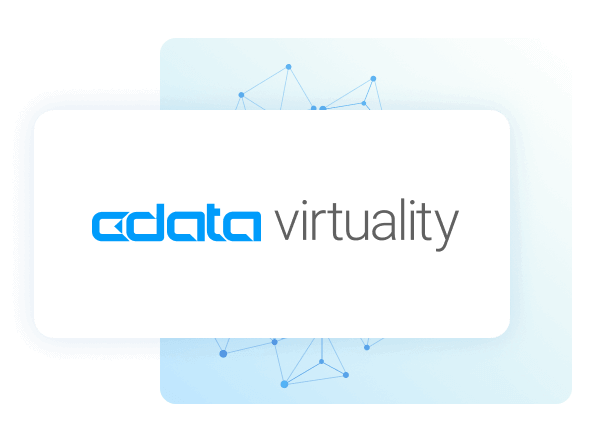Enhancing Data Management with Data Warehouse Automation in Data Virtualization

The integration of data warehouse automation within data virtualization might seem complex at first glance. In a data virtualization context, traditional views often question the relevance of conventional data warehouses. However, practical applications demonstrate a more integrative reality.
Real-world scenarios frequently require a blend of multiple integration styles, such as automated ETL processes, data virtualization, CDC, and streaming, particularly in use cases involving advanced data analytics. By automating critical tasks like data clean-up and REST API interactions within a data virtualization framework, we’re not just boosting productivity but also pioneering an efficient and streamlined data management solution. This approach addresses common data handling challenges, paving the way for a more agile and responsive data architecture, crucial for effective data governance in virtualization.
Data virtualization: A complementary or alternative approach to data integration?
Data virtualization emerges as a vital solution in the landscape of data integration. This approach offers several significant advantages:
- Data remains in its original location, maintaining integrity and supporting robust data governance in virtualization
- The elimination of the need to decode various data formats, facilitating SQL-NoSQL integration
- Provision of real-time data access, an essential component for dynamic business environments
It leads to simplified access and reduces the complexity of integrating disparate data sources. And empowers data architects and their teams to rapidly prototype and test data sets before moving them into production environments, enhancing agility and flexibility in a dynamic business landscape.
However, data virtualization has its limitations, such as performance issues with large data sets and challenges in maintaining historic data. For a deeper understanding of these limitations, refer to our detailed blog post.
Synergizing data virtualization and ETL processes
The perceived limitations of data virtualization, especially for analytical purposes, might suggest that it’s a flawed approach. However, this interpretation misses the bigger picture. The key is to balance the strengths and weaknesses of various data integration styles. This understanding is critical when designing your data architecture and selecting the most suitable solution for your needs.
Progressing through the data management lifecycle
In practical scenarios, the process typically begins with the exploration of new data sources. To ascertain if the correct data is being utilized, a synergistic approach of data virtualization and ETL proves to be invaluable. Initially, data virtualization facilitates the exploration and understanding of the data. Once the data has been thoroughly analyzed and optimized, ETL processes can then be developed and implemented to scale these insights effectively.
Leveraging data warehouse automation for enhanced productivity
This is where data warehouse automation enters the picture as a crucial element. After ETL processes are established, data warehouse automation can further refine and boost productivity. By automating routine data tasks and optimizing data workflows, data warehouse automation introduces a significant efficiency upgrade, transforming the data processing and management landscape.
In conclusion, the strategic integration of data warehouse automation with data virtualization represents a significant advancement in managing and optimizing data workflows. As we’ve explored, this combination addresses the complexities of modern data environments, offering solutions that are both agile and efficient.
To truly understand the impact and capabilities of this integration, we invite you to experience it first-hand. Start a free 30-day trial of the CData Virtuality and witness how data warehouse automation in a data virtualization context can revolutionize your data management processes. For a more in-depth exploration and tailored guidance, book a demo with us. Discover the transformative power of these technologies in enhancing your data architecture and driving your business forward.





